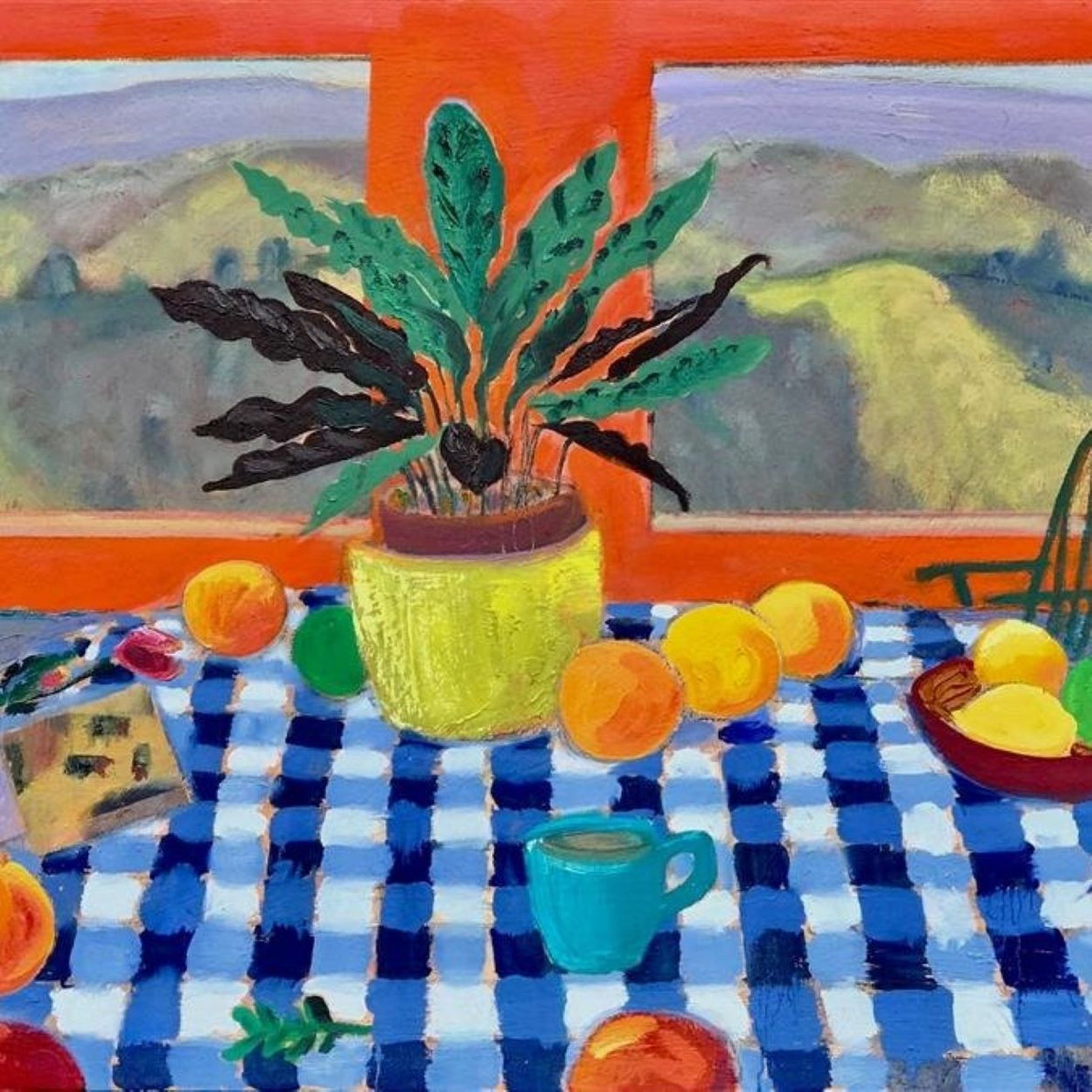What You Should Know About Choosing Art for Your Dining Room



Because the dining room is a place in the home where people gather to eat, the art on the walls can play a starring role in the conversations that take place when everyone is seated at the table.
UGallery Art Advisor Samantha Greene and her husband chose pieces for their dining room walls that are tied to their family and travels. When they invited their neighbors over recently for dinner, the neighbors were instantly curious about the art.
Greene told her friends that they chose the pieces because they illustrated regions in Italy and France where her husband’s family is from. “It was really fun,” Greene says. “If you’re having a dinner party, you need something to talk about.”
Fill the Room With Conversational Wall Art
Your most intimate art should be reserved for a more private space, like your bedroom, so use the dining room to showcase pieces that everyone will likely enjoy. Landscapes, still lifes and art featuring food are usually good fits here, as well as any artwork that tells a story about your life.
Select Wall Art That Works for an Open Layout
If you have an open concept space, where paintings in other rooms can be seen from the dining room, make sure that the artwork you choose for each room play off of one another. Having too many pieces to look at that are competing for attention will overwhelm viewers.
For open concept spaces, it’s best to subtly tie elements—like color—together from each piece, so that the paintings in different rooms relate in some way.
Keep Art in Scale With the Size of the Room
If you have a big dining room, a large statement piece can be centered on each wall.
Regardless of the size of your dining room, a gallery wall will also shine as decor. Think about grouping together a collection of pieces by your favorite artist, or creating a gallery wall that reflects a story about a place or experience that you don’t want to forget.

Choose the Right Height for Wall Art
Because the dining room is a space where people sit down to eat, make sure that the art you display can be seen and enjoyed from the chairs at the table as well as standing.
This might mean hanging the artwork at a slightly lower height than you would in other rooms.
Make Sure That Artwork is Properly Lit
If your dining room has low light or little natural light, small track lights pointed directly at paintings can enhance the viewing experience.
“If you put light directly on pieces of art, it’s difficult to light those that have a high-gloss varnish, because it’s basically reflective,” Greene says. “So opt for artwork that isn’t too dark or too glossy, or consider framing it under non-glare glass.”





